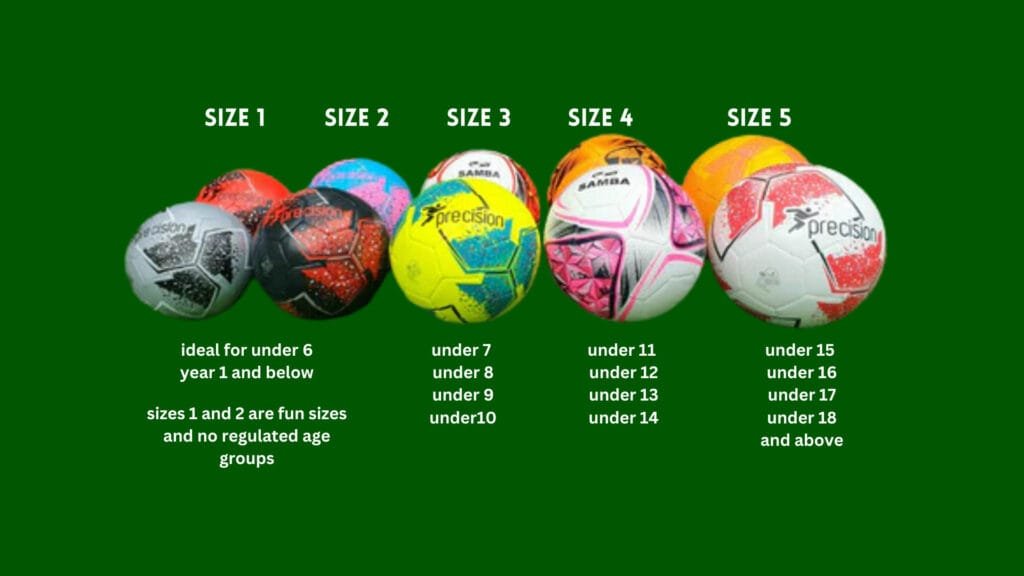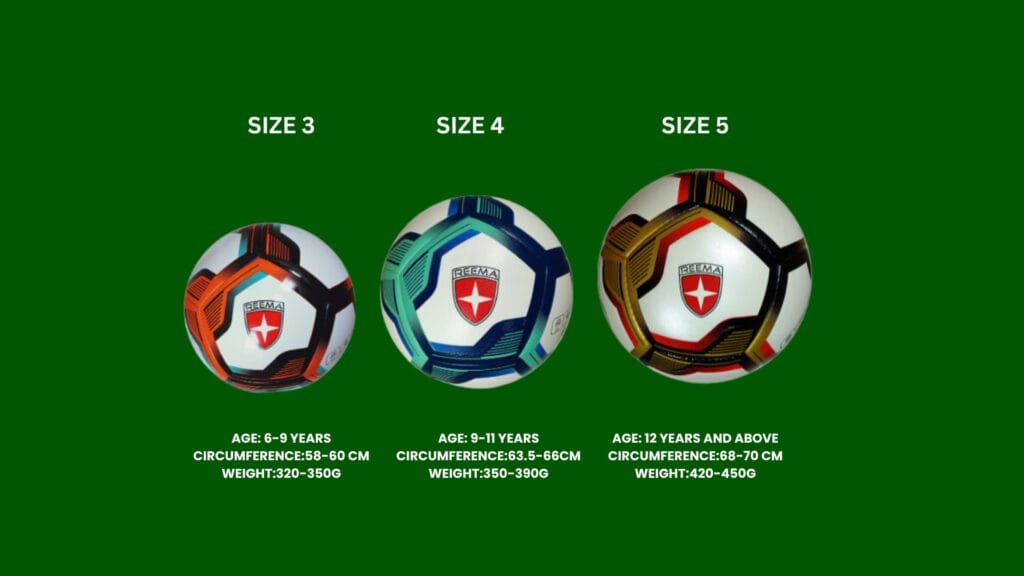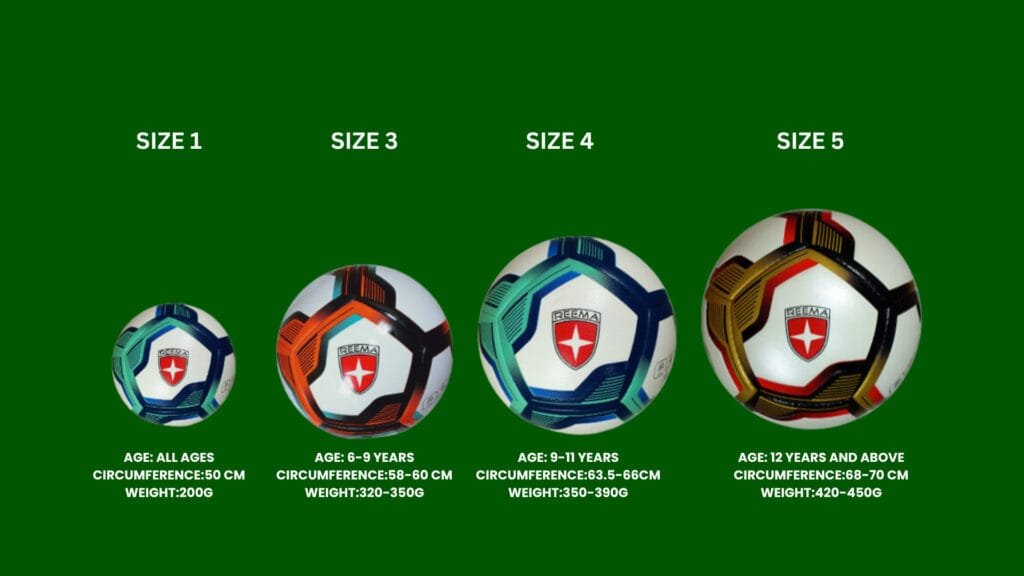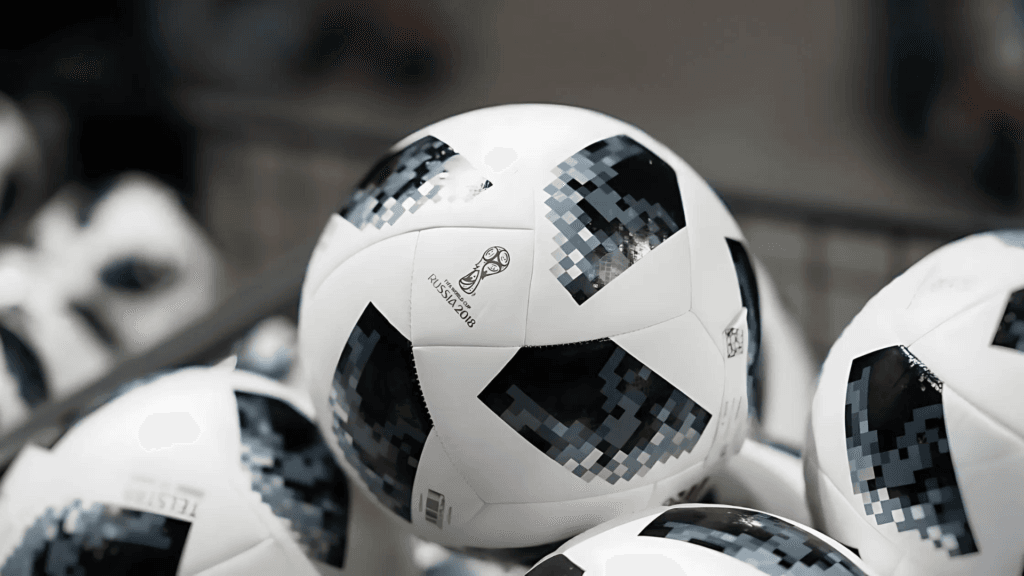
Introduction
Choosing the right Football Size for Adults in Inches of all levels, especially adults, as it directly impacts gameplay, skill development, and overall enjoyment of the sport. Understanding the standard size of a football can help players, coaches, and enthusiasts make informed decisions when selecting equipment. In this blog we provides that this Article to related to Normal Football Size for Adults.
The Importance of Choosing the Right Size Football

| Aspect | Description |
| Skill Development | Essential skills and realistic practice. |
| Game Consistency | Promotes consistency in training. |
| Safety | Minimizes injury risks. |
| Enjoyment | Enhances engagement and motivation. |
| Adaptability | Helps adapt to various conditions. |
Using the correct size football is crucial for several reasons. It ensures that players can effectively develop their skills, maintain consistency during training and matches, and enjoy a more authentic playing experience. The right size ball also helps prevent injuries and allows players to adapt their techniques to the specific demands of the game.
Understanding Adult Football Sizes

| Size | Recommended Age/Use | Dimensions | Weight |
| Size 5 | Adults (12+) | 68-70 cm | 420-450 g |
| Size 4 | Youth (8-12) | 63.5-66 cm | 350-390 g |
| Size 3 | Children (7-) | 58-61 cm | 300-320 g |
In the world of football, different sizes are designated for various age groups and levels of play. For adults, the standard size is Size 5. This size is used in all professional and amateur matches, providing a consistent playing experience across different leagues and competitions.
Factors That Influence the Ideal Football Size for You

| Factor | Description |
| Age | Different age groups require different football sizes. |
| Skill Level | Beginners might need lighter balls, while experienced players use standard sizes. |
| Type of Play | The football’s use (casual, training, competitive) affects size choice. |
| Field Size | Smaller fields may require a smaller football for easier handling. |
While Size 5 is the standard for adults, several factors can influence the ideal football size for an individual, including:
Age: Younger players may require smaller sizes to develop their skills effectively.
Skill Level: Beginners may benefit from practicing with a slightly smaller ball to improve control and confidence.
Playing Environment: Different surfaces (grass, turf, indoor) may affect the choice of ball size and material.
Normal Football Size for Adults

| Size | Description |
| Size 5 | Official size for adults; circumference 27-28 inches (68-70 cm); weight 14-16 oz (400-450 g). |
The standard size for adult footballs is Size 5. Here are the key specifications:
Circumference: Approximately 27 to 28 inches (68 to 70 cm).
Weight: Ranges from 14 to 16 ounces (410 to 450 grams).
Pressure: Recommended air pressure is between 8.5 to 15.6 psi (pounds per square inch).
Standard Size Specifications
Size 5 Football:
Circumference: 27 to 28 inches
Weight: 14 to 16 ounces
Pressure: 8.5 to 15.6 psi
Importance of Size 5 Footballs

| Aspect | Importance |
| Standardization | Ensures consistency and fairness in play. |
| Performance | Provides optimal performance for accurate passing and control. |
| Skill Development | Helps players develop relevant skills for competitive games. |
| Match Preparation | Enhances readiness and confidence on the field. |
Regulation Play: Size 5 footballs are used in all adult professional and amateur matches, ensuring players are familiar with the equipment they will encounter in official games.
Skill Development: Practicing with a Size 5 football is essential for developing key skills such as dribbling, passing, and shooting.
Consistency: Using a standardized size ball allows for consistency in training and competitive play, helping players adapt their skills effectively.
Understanding Football Sizes

| Size | Description | Recommended Age Group |
| Size 1 | Mini football for skill practice. | All Ages |
| Size 3 | Smaller, suitable for young players. | Under 8 Years |
| Size 4 | Intermediate size for youth leagues. | 8-12 Years |
| Size 5 | Standard size for professional matches. | 13 Years and Older |
Football sizes vary based on age groups and levels of play:
Size 1: Mini ball, 18 to 20 inches, for skills training.
Size 3: For children aged 8 and under, approximately 23 to 24 inches.
Size 4: For players aged 8 to 12, approximately 25 to 26 inches.
Size 5: Official size for players aged 13 and older, including adults, 27 to 28 inches.
Choosing the Right Football

| Factor | Description |
| Size | Choose size based on age/skill (Size 1 for mini, Size 3 for young, Size 4 for intermediate, Size 5 for standard). |
| Material | Durable materials like synthetic leather or rubber for various surfaces. |
| Weight | Ensure suitable weight for intended use (training or professional). |
| Design | Consider design elements that affect flight and control. |
When selecting a football for adult play, consider the following factors:
Material: Look for durable materials that provide a good touch, such as leather or high-quality synthetic options.
Design: Choose a design that appeals to you, whether it’s classic or modern.
Brand: Opt for reputable brands known for producing quality footballs, such as Adidas, Nike, or Puma.
Budget: Consider your budget while ensuring you choose a ball that meets your needs without compromising quality.
Conclusion
Understanding the normal size for adult footballs is vital for players, coaches, and enthusiasts. Size 5 footballs, with a circumference of 27 to 28 inches, are the standard used in adult matches. Choosing the right football ensures a consistent playing experience and helps players develop their skills effectively. Whether you’re training, playing in a league, or enjoying a casual game, using the correct size ball is key to enhancing your performance on the field.
People also ask
1.What is the appropriate football size for adults?
The appropriate football size for adults is Size 5, which has a circumference of approximately 27 to 28 inches (68 to 70 cm) and weighs between 14 to 16 ounces (410 to 450 grams). This size is used in all professional and amateur matches.
Also Read: Types of Tackles in Youth Football

Leave a Reply